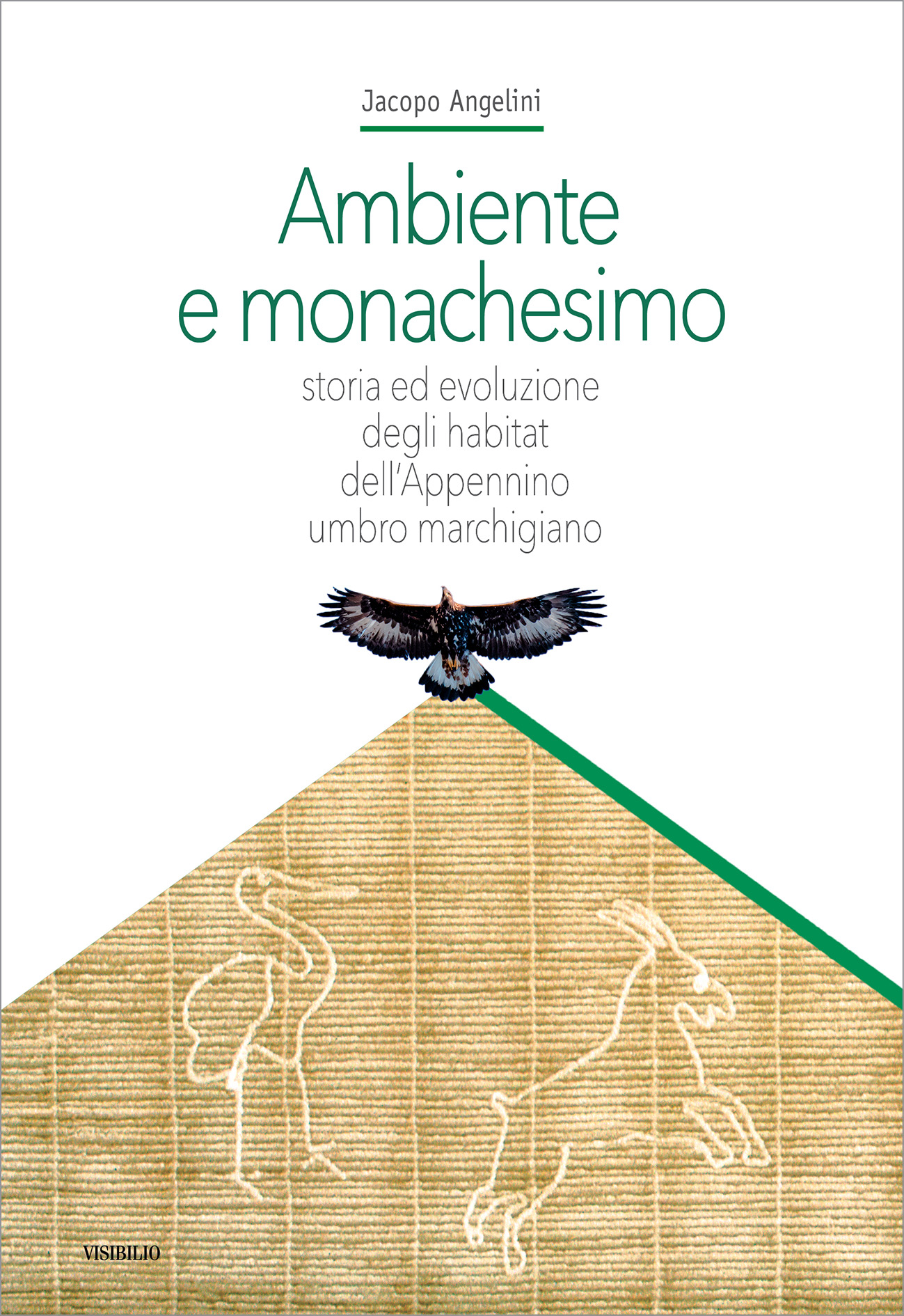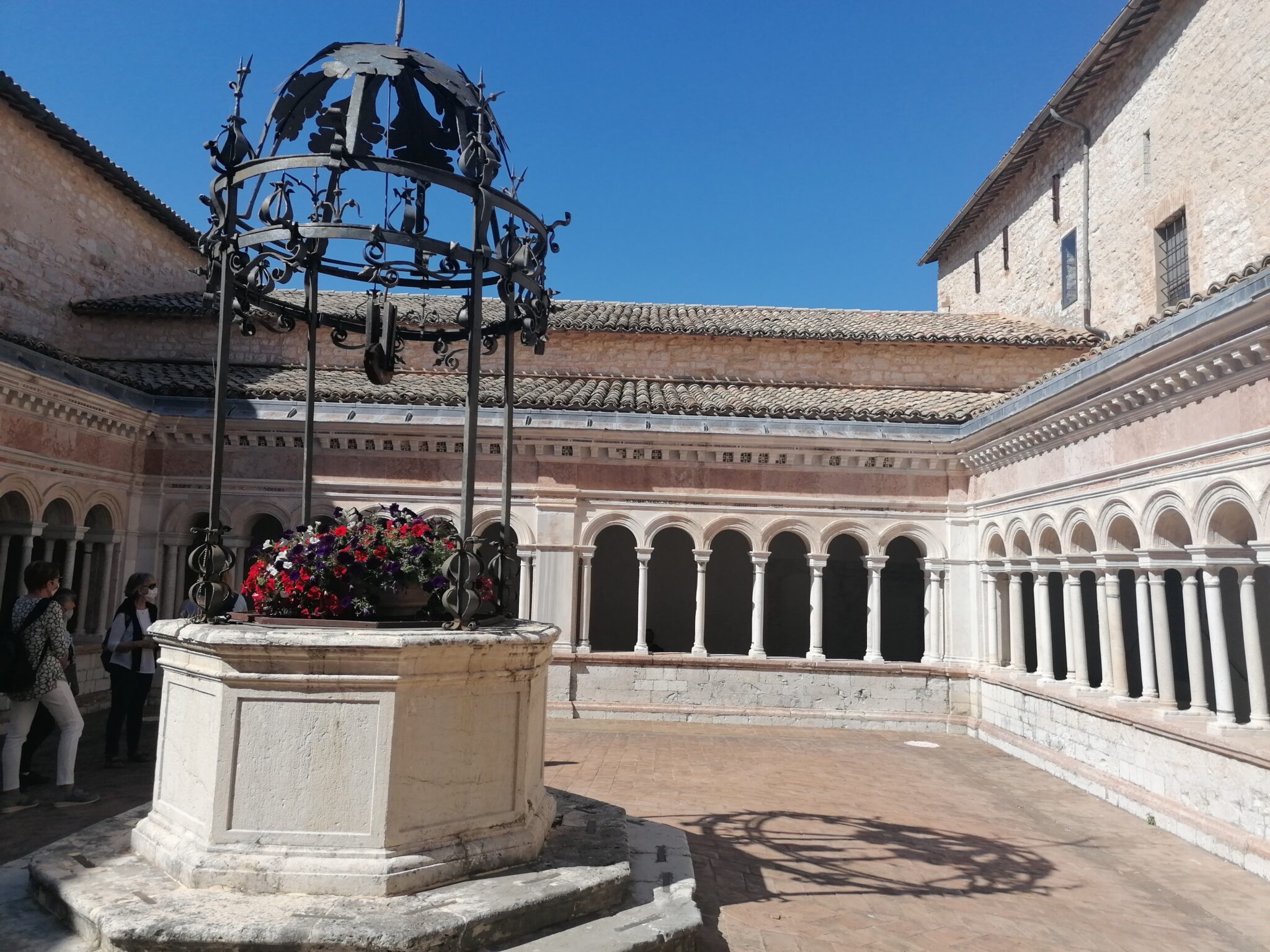The Benedictines and the Franciscans have played a fundamental role in the flora and fauna of our mountains, as we see them today. What can our task be now?
Ornithologist, wildlife expert, author of numerous scientific publications, scholar of the history of the environment of the Apennines, but also traveler and explorer – he has studied high-altitude ecosystems and indigenous mountain peoples from the Pyrenees to the Himalayas – and activist of the WWF for more than 30 years, an organization for which he has held the positions of national councilor, regional delegate, regional and section president: Jacopo Angelini is all this and much more. With him we took a photograph of the Umbria-Marche Apennines, of how it has changed over the centuries and how it will change. But above all of how it has been shaped by the Benedictine and Franciscan monks.

First of all, a little curiosity of mine. You are a wildlife expert, ornithologist, environmental historian, explorer: if you had to define yourself, which title do you feel most akin to? In short, who are you?
I am a bit of all of these. Having an interdisciplinary background allows you to understand the world and our territory in a 360-degree way.

Your book is titled ŌĆ£Environment and Monasticism. History and Evolution of the Habitats of the Umbrian-Marche ApenninesŌĆØ: how do the two topics come together?
They come together because monasticism, especially Benedictine monasticism, but also Franciscan monasticism, have shaped and created biodiversity in the Umbrian-Marche Apennines over the centuries.
How?
By managing forests, draining marshes, teaching local populations how to cultivate, what to cultivate and what to raise. They taught practically everything, even olive production. Thanks to them, the Umbrian-Marche landscape has changed and everything we see today is the fruit of their work, which over the centuries has been carried forward by the agrarian communities and the Municipalities, although the abbeys remained present until the Unification of Italy. I am thinking of the Abbey of Sassovivo, that of Preci or that of San Benedetto in Norcia. The monks had an immense value: today we don’t realize it because centuries have passed, but if they hadn’t been there it would have been a huge forest without crops and we would certainly have fewer animal species.
In practice they started the habitat we know today…
Exactly. Even the flocks of sheep, which went to transhumance from our Apennines to the Roman countryside, were owned by the Abbeys; then the local lords took over, but everything started with them. Umbria is the land of the Benedictines and the Franciscans, who had two different visions of nature: that of the Franciscans was a more spiritual and conservative vision, while the Benedictines managed woods and forests, taught how to create water management works and brought hydraulic mills.
How has the Umbria-Marche Apennines changed over the centuries?
It has changed based on the peoples who have passed through it: I think of the Lombards who in the Early Middle Ages favored the woods, the forest and livestock farming over cultivation, which was preferred by the Romans; then, from 1000 to 1300 – we are in the Late Middle Ages – the climate became warmer and rainier, making hilltop settlements possible: I think of Castelluccio di Norcia. In the Renaissance, the municipal cities managed the territory and the landscape, then until 1800 people lived with sharecropping in the mountains and in the countryside, while in the last 50 years the environment has changed, the forests have returned as in the Early Middle Ages because man left the mountains to go down to the valley floor and therefore nature has reclaimed its spaces.

As you mentioned, was there climate change at that time too?
Of course, but logically it was slower: in twenty years we see what the Romans saw in 300 years. And then obviously the Earth was inhabited by fewer people.
In the future, what should we do to maintain these territories?
We should take an example from the Benedictines: the countryside and hills are all plowed and cultivated, but after the cereal harvest, until the following year, these fields remain without any retention of water, which is why landslides and floods occur, so we should try to carry out adaptation and mitigation works.
Let’s talk about fauna: what condition is that of the Apennines in?
It has changed. There are many species linked to the forest such as the wild boar – which is a bit everywhere, even in the city – and the roe deer, while species linked to environments cultivated by man, such as the partridge and the hare, have become very rare. Then there are wolves that benefit from the presence of ungulates and live in urban environments: they don’t need much, a river forest; we also find them in cities because they follow roe deer and wild boars and eat coypu.

You have dealt with ŌĆ£active monitoringŌĆØ: how useful is it to save our environment?
Monitoring is fundamental. Without monitoring ŌĆō by the Regions and institutions ŌĆō there would be no data and it would be impossible to intervene to implement political and management choices. It is an important methodology to apply. It can also be done by citizens: there is a branch of science called citizen science in which ordinary people provide data to institutions, it is a very useful practice for everyone.
You are a traveler and explorer: is there a route you would recommend to discover the naturalistic beauties of Umbria?
The Monte Subasio park offers beautiful places to discover and easy walks; another very beautiful area is that of Colfiorito, or that of the Monti Martani – little known and particular ŌĆō without forgetting the Sibillini Park and the Valnerina which is fantastic: being there allows you to go back to the Middle Ages.
Agnese Priorelli
Latest posts by Agnese Priorelli (see all)
- Trabalza and Jin, when photography perfectly blends different worlds and styles - June 19, 2025
- Cristiano Spilinga, naturalist: «The wolf is back. Bears that have been missing in Umbria since the late 1800s have been spotted» - May 27, 2025
- The Cannara onion: poor in the land, prestigious on the table - April 29, 2025

